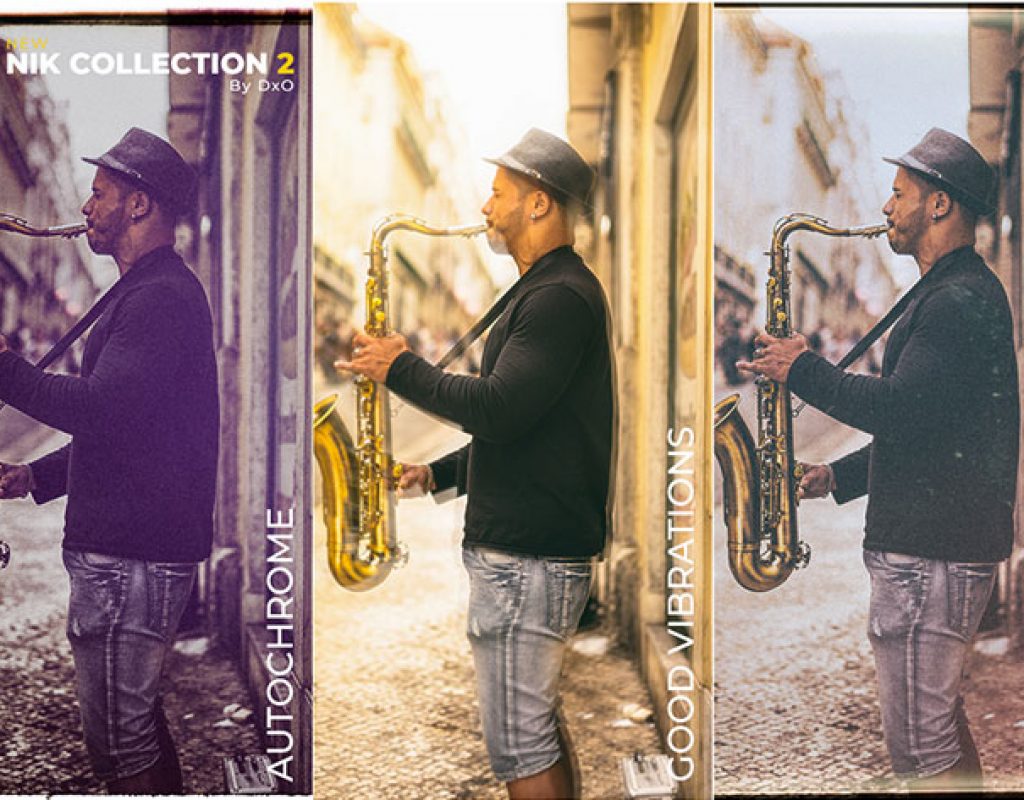
The screen layout and GUI are likely an acquired taste.
DXO PHOTOLAB ELITE VS ESSENTIALS SOFTWARE
That's with correction on in both the Adobe software and Photolab. The software readily identified my camera as a Sony a7 III and recognized my two Tamron lenses and my Rokinon wide angle lens.


Opening the same image is Lightroom and Photolab shows a readily visible quality increase, especially in sharpness. The fixes are obvious to the eye, and there is a convenient before and after button to see what Photolab 3.1 has accomplished. When you first open an image, Photolab 3.1 looks at your image metadata and automatically adjusts lens parameters that goes far beyond what I see in other software. As DxO has long been the leader in software for optical testing, it's nice to see that expertise fully bloom in this editing software. I'm mightily impressed to how this software has evolved. These include the recent Canon RF 15-35mm f/2.8L IS USM and RF 24-70mm f/2.8L IS USM, the Fujinon GFÂ 50mm f/3.5 R LM WR and GF110mm f/2 R LM WR, the Nikkor Z 85mm f/1.8 S, the Sony E 16-55mm f/2.8 G, and the Tamron 17-28mm f/2.8 Di III RXD for Sony FE. Through the high-quality raw conversion technology included in DxO PhotoLab 3 and DxO's scientific calibration process, the photos taken with these devices will be automatically corrected for any faults in their lenses, such as distortion, vignetting, chromatic aberrations, and a lack of sharpness. In all, Dxo supports more than 42,000 lens and sensor combinations. The software also offers preliminary support for the Sony a9 II. More than 3,000 optical modules have also been added to the database, which now includes over 55,000 different camera/lens combinations. Users can also display keywords associated with an image, including images imported from other XMP-compatible software, and add them to multi-criteria searches.ĭxO engineers added support for the major camera models released at the end of 2019. PhotoLab 3.1 now supports the Canon EOS 90D, EOS M6 Mark II and EOS M200, Fuji GFX 100, Nikon Z50, Olympus E-M5 Mark III, as well as the Sony a6600 and a6100. This feature lets photographers add, delete, or rename keywords assigned to one or several images simultaneously.
DXO PHOTOLAB ELITE VS ESSENTIALS WINDOWS
PhotoLab 3 introduced the DxO ColorWheel, an innovative and visual-based approach to color management, optimized the repair tool, and created a new Local Adjustment Mask Manager. In addition to the search criteria that are already available in the DxO PhotoLibrary (metadata, shooting parameters, folders, etc.), DxO PhotoLab 3.1 has now added keyword management, which was previously only available in its macOS version, to its Windows version.

Photlab 3.1 from DxO is essentially a raw editor, living in a similar space to Lightroom, Luminar 4, On1, Capture One, and Affinity Photo, to name the most prominent editors. While generally, all these programs encompass the major features of king of the hill Lightroom, they all offer some unique features that Lightroom doesn't offer. This latest version of Photolab has evolved in several ways. It was a capable program then, with lots of room to grow, and grow it has, turning more and more heads of photographers looking for alternatives to the Adobe suite of tools. We took a look at the first offering of Photolab back in 2007. It's a complete raw editor and has many features photographers will expect to see and adds some very worthwhile enhancements that will highly interest editors at every skill level. Photolab 3.1 from DXO has been out a couple of months now, and early looks from photographers have been positive.


 0 kommentar(er)
0 kommentar(er)
